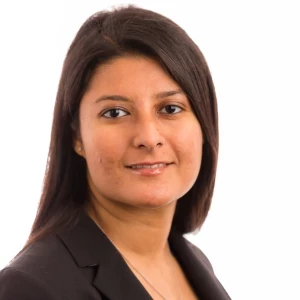Hello, how would you solve this case...
Your client is a superstore and they want to open a store in Lagos (any city would do). What is the minimum population density the city should have.
I thought about approaching it by using the following steps:
1. Population density first which is population/area.
2. Calculate the area of the city (honestly struggling with this, will need some help)
3. Then detemine the minimum population needed for the client to Breakeven taking into consideration market penetration, competition, and purchase power.
4. To determine the population to breakeven, I will then have to estimate the cost of the store both fixed and variable costs as well as contribution margin to get the volume that has to be sold.
5. Next step will be to determine the average frequency of purchase/person/month.
6. I should be able to determine how many people on average should come to my store and buy/ month.
7. Making the assumption that the client will have 50% of the 80% or so of the population that will shop in a superstore, we should be able to reach a reasonable answer.
8. Plug it into the initial equation and we should have answer.
I'd love to know how others will solve this.
Thanks.















